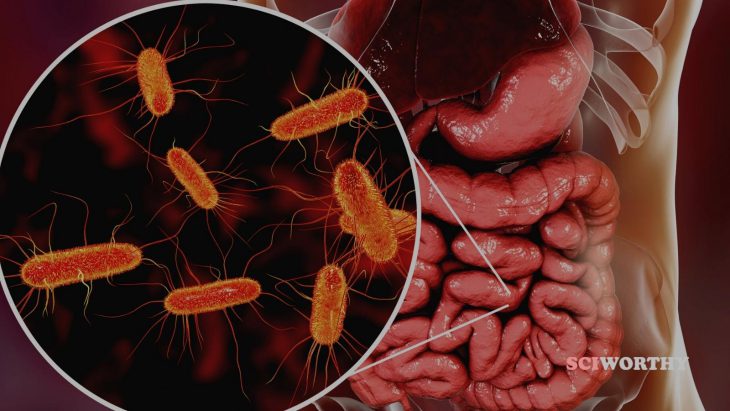All living things on Earth contain DNA and RNA, which are repeating chains of smaller molecules called nucleotides.Each of these nucleotides can be represented by a letter – A, G, C, and T in DNA; A, G, C, and U in RNA. The order of letters is called the “sequence”.
Since the 1970s, identifying the sequence of DNA or RNA through a process called “sequencing” has been used for many purposes, including development of medicines and understanding the human genome (i.e., the Human Genome Project). Since then, many new sequencing technologies have been developed, which has made sequencing DNA and RNA more efficient, widely available, and cost-effective than before.
Bacteria have an RNA sequence called 16S rRNA (ribosomal RNA), which is unique to each bacteria type. For example, E. coli will have a different 16S rRNA sequence from Salmonella enterica (a common foodborne illness). When bacteria are sequenced, their type can be identified based on this unique sequence.
However, current sequencing techniques mostly can only detect groups of bacteria. Single bacterial cells don’t contain enough genetic material by themselves for the system to pick them up individually. Thus, to more accurately count the number of bacteria in a sample, researchers from the Laboratory for Prediction of Cell Systems Dynamics at the RIKEN Center for Biosystems Dynamics Research in Osaka, Japan developed a new sequencing technique to accurately count single bacterial cells using barcodes, called BarBIQ (Barcoding Bacteria for Identification and Quantification).
BarBIQ uses a technique which first separates each bacteria in a sample into separate oil droplets so that each droplet contains exactly one bacterial cell (in reality, some droplets contain zero or two bacterial cells, but this doesn’t affect the final results). Each droplet also contains a unique barcode in the form of DNA, which can itself be sequenced. This barcode is then attached to the bacterial rRNA gene (which is in the form of DNA) in the droplet, tagging it as an individual. Now, the number of bacterial cells in the sample can be counted individually during the sequencing process, by sequencing the barcodes together with the 16S rRNA gene.
Because a single droplet contains exactly one bacterial cell and one barcode, each bacteria in the sample now becomes “labeled” by a barcode. For example, if there were 10 unique barcodes attached to 16S rRNA in the sequencing result, then there are 10 total bacterial cells in the original sample.
If the original sample contains more than one type of bacteria (such as both E. coli and S. enterica), they can be counted, too. Since 16S rRNA sequences are unique for each bacteria type it is possible to count the number of unique barcodes attached to each known 16S rRNA sequence to find the number of each type of bacterial cell in the sample. For example, if one finds four unique barcodes attached to one 16S rRNA sequence and six unique barcodes attached to a different 16S rRNA sequence, then there are four cells of one bacteria type, and six cells of a different bacteria type in the original sample.
For this study, the researchers were interested in studying how Vitamin A deficiency impacts the gut flora. Lack of vitamin A causes vision and immune response problems for humans. Bacteria in our guts are important for storing and using vitamin A. The researchers hypothesized that maybe lack of vitamin A causes changes in the amount of bacteria in our guts. They used this new “BarBIQ” technique to study this problem in more detail than it has been studied before – as it was previously too challenging to count individual members of large bacterial communities. They tested their hypothesis initially in mice.
They discovered that starving mice of vitamin A significantly affected the amount of bacteria in the cecum. Some bacteria groups increased while others decreased. Bacteria in different areas of the cecum responded differently to lack of vitamin A – those closest to the opening of the intestine changed more than those deeper inside the gut.
The researchers were able to detect changes in the gut microbiome that traditional sequencing techniques could not. Thus, the researchers are looking forward to using BarBIQ to study bacteria in other parts of the body, in plants, and in different environments like oceans or soil. They hope that BarBIQ can contribute to public health by developing their technique to count cancer cells and viruses as well!


